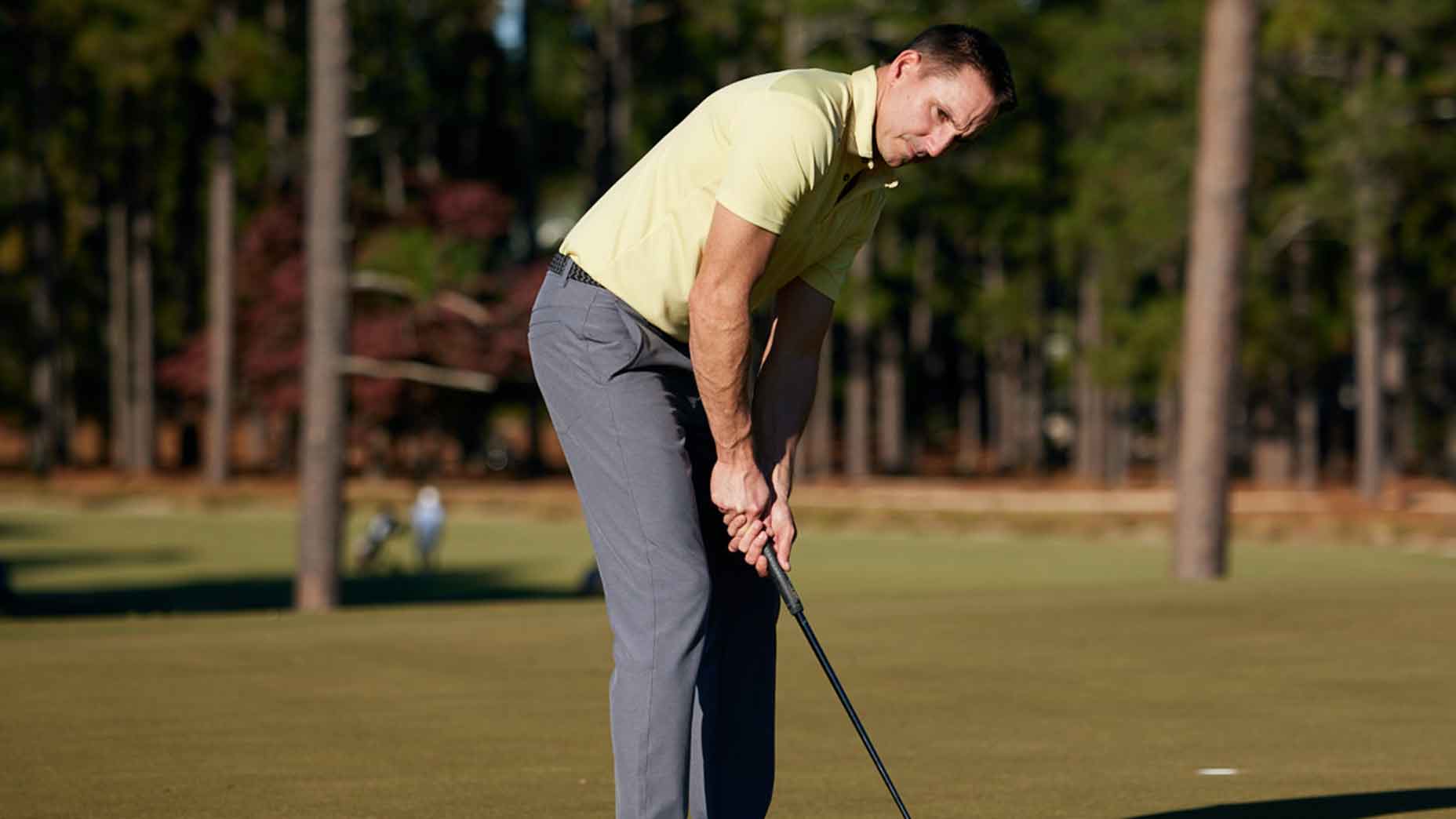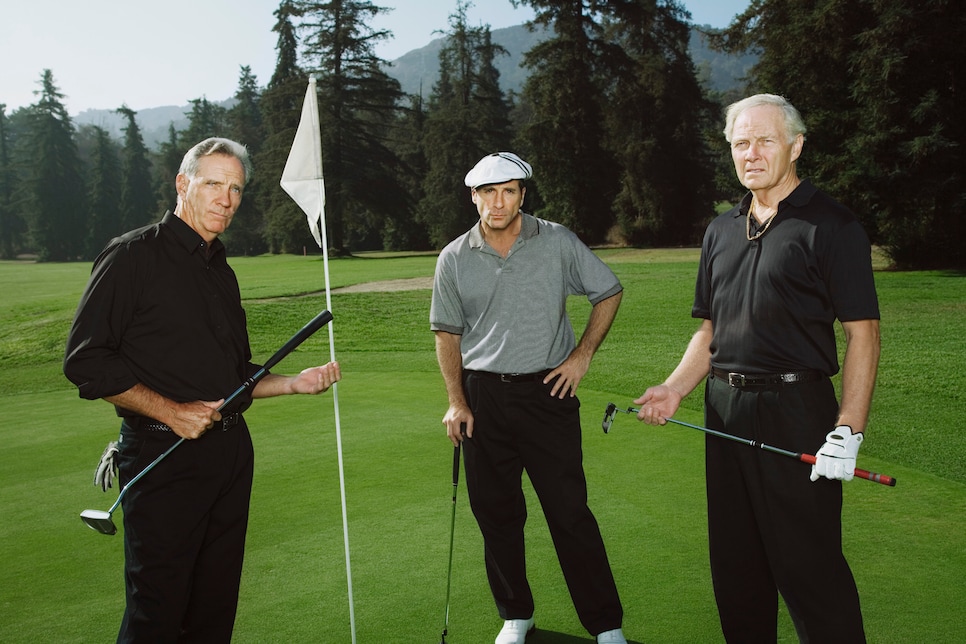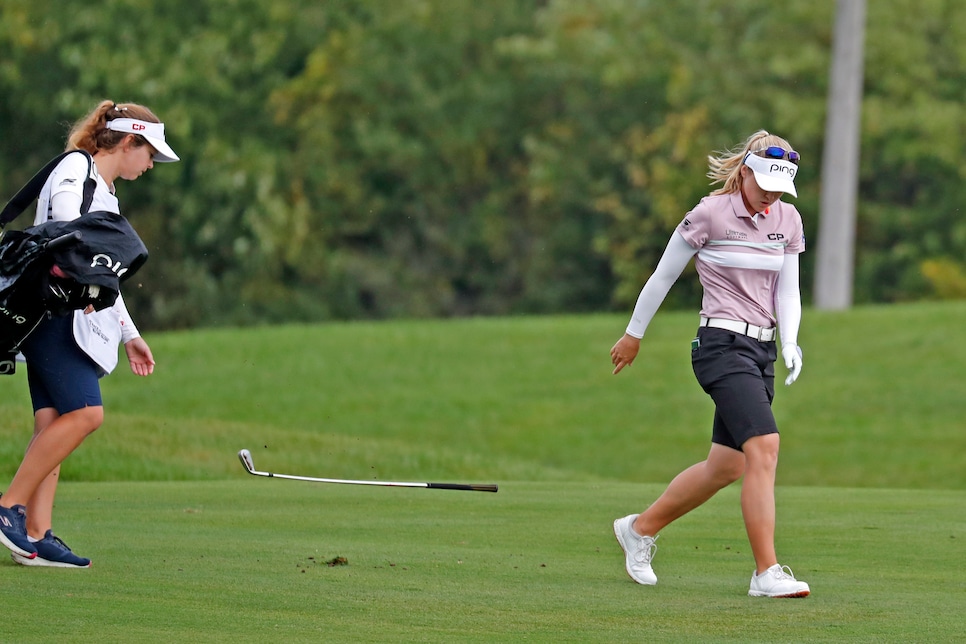Change your routine, not your stroke: Why you should putt with your head up

My research indicates that golfers improve when they keep their eyes fixed on a far target during their putting stroke.
STEPHEN DENTON
There are two targets in putting: the ball and the place where you want it to go. According to my research, you may be looking at the wrong one.
Most of the golfers I’ve tested have a higher make percentage when they putt “heads up.” By that, I mean putting while focusing on the far target instead of the ball. Change your routine, not your stroke: Take a final look at the putter behind the ball, move your gaze to the far target (where you want the ball to go) and begin your motion.

Change up your routine and see if this new method works for you.
STEPHEN DENTON
With heads-up putting most golfers improve their speed control with zero drop-off in directional control. I recommend hitting the practice green before bringing it to the course. Important: Since green reading (determining the intended starting direction and speed) has such a large influence on results, practice the method on putts where you already know the break.
Dr. Sasho MacKenzie is a biomechanics professor at St. Francis Xavier University in Antigonish, Nova Scotia, Canada.











